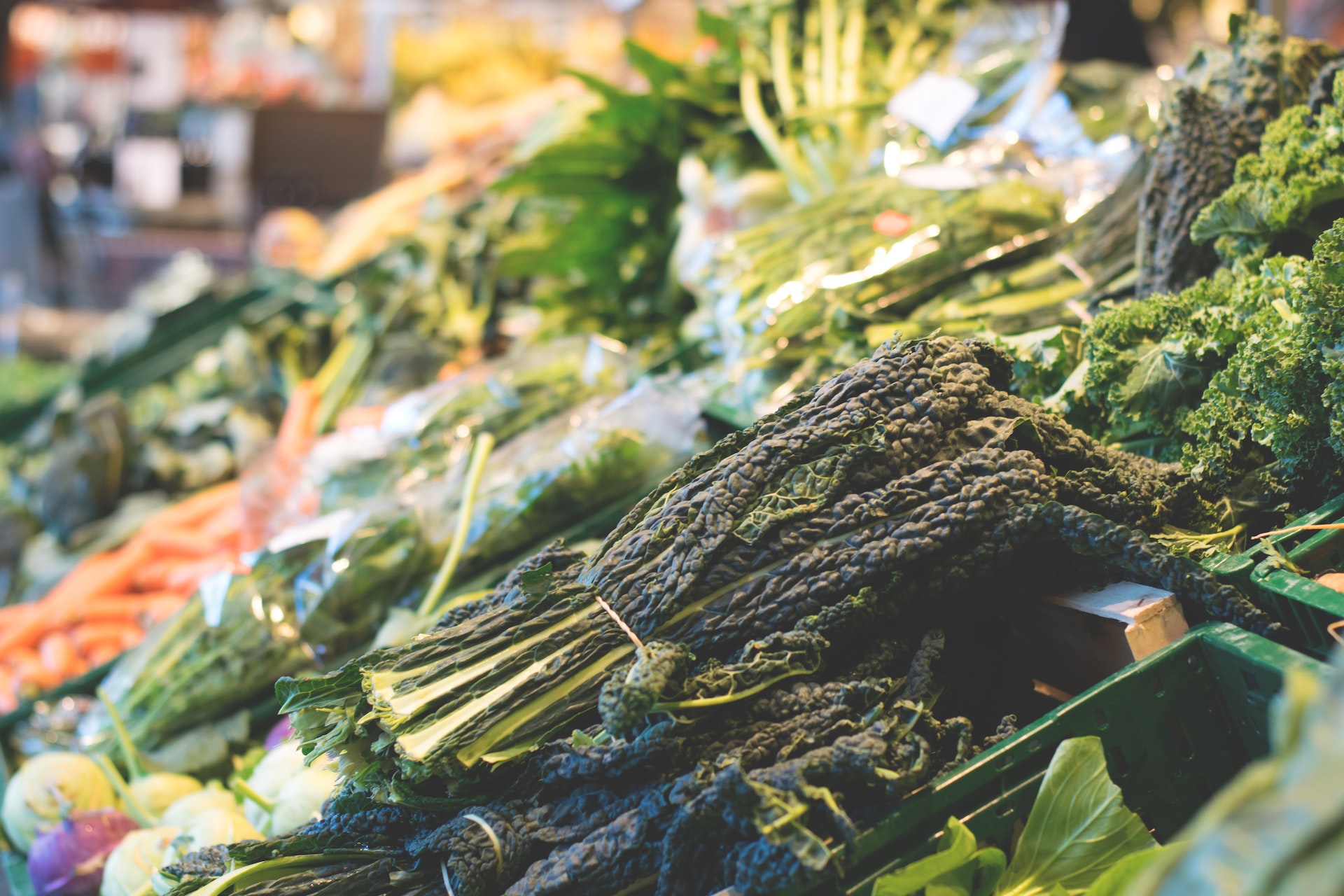8 Ways to Save While Grocery Shopping
 Are your grocery bills too high? They don’t have to be. You can take some simple steps to save money when you go grocery shopping from now on.
Are your grocery bills too high? They don’t have to be. You can take some simple steps to save money when you go grocery shopping from now on.
Table of Contents
1. Use Coupons
Coupons and discount codes can reduce the costs of your groceries when you reach the checkout counter. You don’t even have to clip out coupons from flyers and newsletters. You can use couponing websites to access digital deals from your smartphone.
2. Show Loyalty
Do any grocery stores in your neighborhood have loyalty programs? You should think about becoming a member. As a loyalty program member, you will have access to special discounts and offers that could make your shopping trips much cheaper.
3. Skip Convenience Items
Don’t spend more just for the sake of convenience. You can save money when your purchase requires a little more effort on your part. These are some of the products you should add to your cart instead:
- Instead of sliced and packaged fruits, buy whole fruits
- Instead of sliced or shredded cheese, buy blocks of cheese
- Instead of breakfast oatmeal packets, buy bags of oats
4. Go Generic
Brush aside the big brand-name items on the grocery shelf and reach for the generic brands instead. Generic brands often contain the exact same ingredients as their brand-name counterparts. They might even taste the same! The biggest difference between the two categories is that generic options tend to come with cheaper prices.
5. Get Shelf-Stable Items
You will spend more on your groceries when you keep stocking your fridge with items that go rotten in a hurry. If the items rot before you’ve had a chance to eat them, you’ll have to make another trip to the grocery store to buy replacements.
So, to save money, you should shop with longevity in mind. Get more shelf-stable pantry staples and buy fewer perishables that will only last in the fridge for a few days.
6. Get Freezer-Friendly Items
You can also prevent food waste and save money by getting freezer-friendly items whenever you grocery shop. Frozen fruits and vegetables will be just as nutritious as the options sitting in the produce aisle — they will just last longer in your freezer.
You can also store your groceries in the freezer to keep them fresher for longer. These are just some of the items that freeze well:
- Butter
- Coffee
- Bread
- Meat
- Nuts
- Seeds
- Baked goods
7. Buy In-Season
Fruits and vegetables will be cheaper when they are “in season” (the season when they are naturally harvested). So, consult the Department of Agriculture’s seasonal produce guide to see what you should add to your cart this month.
8. Make a List
If you have a bad habit of adding impulse purchases to your cart, you should write a shopping list before you head out to the grocery store. The list should keep you focused on buying the items you need — not the items that catch your eye.
Why You Should Save on Groceries
When your budget is tight, you should reduce some of your variable expenses to save money. Your groceries are one of the easiest variable expenses to change. As you can see, you can use coupons, loyalty programs and other simple tips to trim your grocery spending right away. You could have a surprising amount of savings in your bank account after putting these tips into practice within a few months.
You shouldn’t stick with a tight budget if you can help it. A tight budget will make you vulnerable to any surprise expenses that come your way. Without any savings, you might have to turn to an alternative payment method, like an online loan for help. When it comes to online loans, one of the biggest benefits for borrowers is that you can get access to credit when you really need it. So, if an emergency expense crops up and you don’t have the savings to cover it, you can use the loan to pay for it in a short amount of time. Later on, you can follow a repayment plan.
Stop living with a tight budget. Trim a variable expense like your groceries and get more savings fast.









